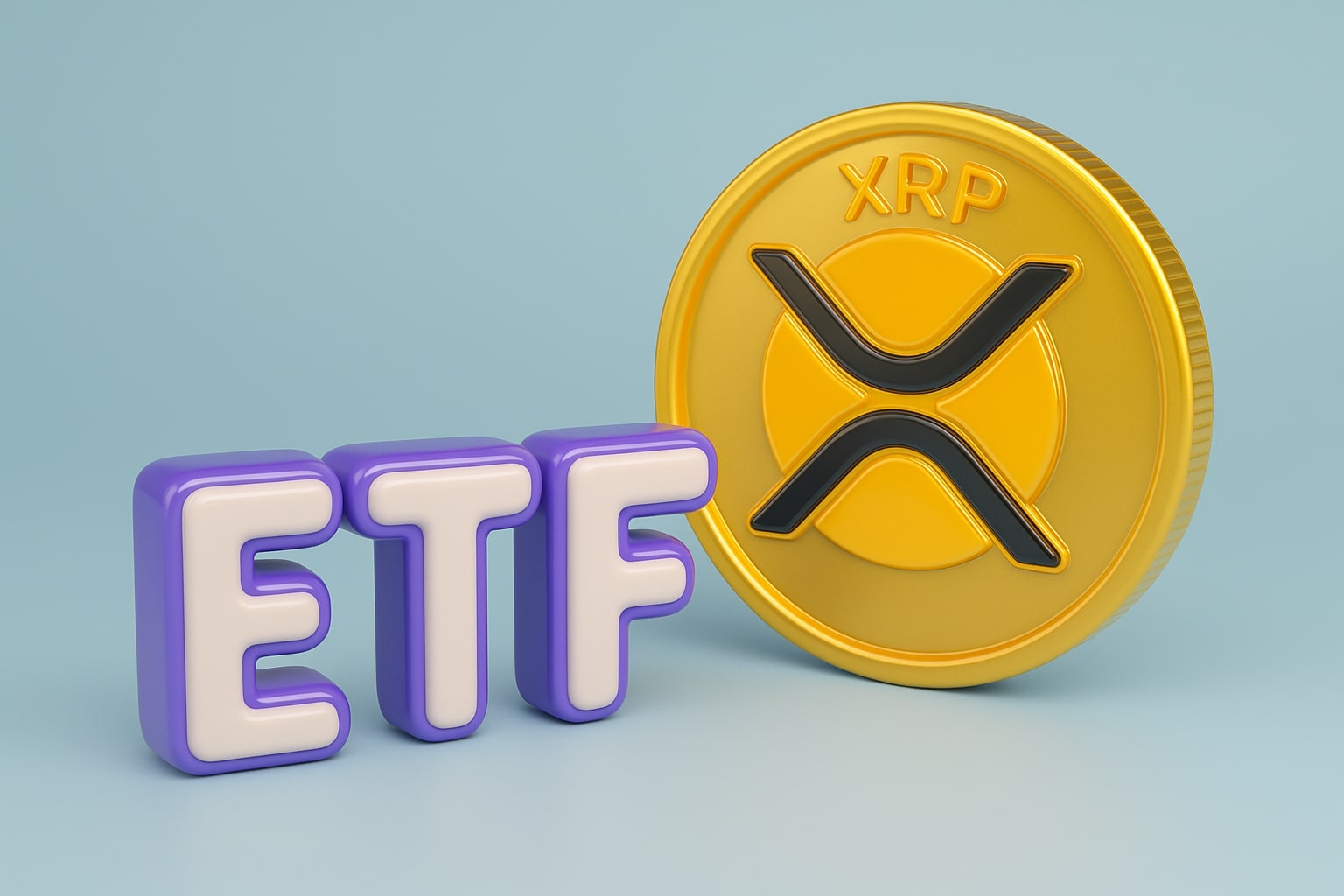
Oil Prices Slide as WTI Hits $62.80 and Brent $65.85 on Supply Glut and Tariff Risks
OPEC+ output, resilient Russian flows, and U.S. inventory builds weigh on crude, while India’s tariff standoff and China’s demand shift add fresh pressure | That's TradingNEWS
WTI (CL=F) and Brent (BZ=F) Struggle as Rising Supply Meets Geopolitical Tensions
Crude oil is under renewed pressure as WTI (CL=F) trades at $62.80 per barrel, down 1.81%, while Brent (BZ=F) hovers at $65.85, lower by 1.48%. The selloff reflects a convergence of rising OPEC+ and non-OPEC supply, fading seasonal demand, and political flashpoints from Washington to Moscow that are reshaping trade flows. U.S. gasoline futures at $2.072 (-1.74%) and natural gas gains of +2.64% at $2.916 highlight the broader volatility across the energy complex.
Market Structure and the Collapse of Premiums
The sharpest signal of easing tightness is visible in spreads. Six-month Brent and WTI backwardation has narrowed by more than $1 per barrel since early August, as traders reposition for increased flows from the Middle East, Brazil, Norway, and Guyana. Spot premiums for Dubai and Oman crude have slid to one-month lows for October cargoes, reflecting weakening immediate demand. Refinery runs are tapering as the Northern Hemisphere summer ends, easing prompt diesel margins that had surged earlier. Physical traders in Europe report heavy selling in the North Sea window, with gasoil cracks unwinding and expectations revised downward.
OPEC+ Supply, U.S. Output, and Russia’s Flows
The September supply hike by OPEC+ is colliding with steady exports from Russia. Despite sanctions threats, Russian flows through the Baltic and Black Sea remain resilient, calming fears of disruption. Saudi barrels, freed from summer domestic burn, are adding to the pool just as demand fades. U.S. output remains near record highs, with shale steady and EIA data showing crude builds where the market had expected draws. Citi has warned that Brent could test the low-$60s if a U.S.-Russia diplomatic thaw materializes, a reminder that geopolitical détente can weigh on oil just as much as conflict escalations can lift it.
Nigeria’s Bonny Light Defies the Trend
While global benchmarks retreated, Nigeria’s Bonny Light crude rose 1.39% to $70.25 per barrel, defying the bearish tide. The outperformance was underpinned by stronger demand from export partners and improved Nigerian production. Recent investments, coupled with a sharp fall in oil theft, have allowed output to recover, pushing supply into global markets at competitive grades. The rebound comes as Nigeria’s external reserves climbed to $40.72 billion, up 1.07% week-on-week, strengthening its buffer against external shocks and supporting naira stability. Still, analysts caution that headwinds from the stronger U.S. dollar and fragile global demand could cap upside momentum.
India’s Import Pivot and the Trump-Putin Trade Crossfire
India, the world’s third-largest crude consumer, sits at the heart of the geopolitical chessboard. Its refiners currently import 1.7–2.0 million barrels per day of Russian oil, accounting for roughly 38% of total crude intake. This dependence has triggered tensions with Washington, as President Trump announced an additional 25% tariff on Indian goods in retaliation. At the August 6 announcement, Indian officials labeled the move “unjustified,” noting that Russian imports began only after Europe absorbed India’s traditional suppliers. With Russian discounts narrowing to $2.2 per barrel, down from over $12 in 2022, the economic case is weakening, but replacing up to 2 million bpd of Urals is fraught with higher costs. A Nomura estimate pegs the added cost at $1.5 billion annually, while Kpler warns the full impact could swell India’s import bill by $11 billion if global crude prices spike amid supply shifts.
Asia’s Demand, Refining Strains, and China’s Role
China remains the swing factor. Refiners there maintained elevated throughput through July, cushioning global prices, but skepticism persists on whether stockpiling demand will continue. With overcapacity weighing on margins, Chinese refiners are increasingly selective, unwilling to deepen reliance on Russian barrels. India’s pause in spot Russian cargoes, partly a signal to Washington, also reflects the narrowing discount. Analysts calculate that China could absorb only 200,000–300,000 bpd of displaced Russian supply, leaving a potential glut in the market. This mismatch could keep pressure on Brent and WTI spreads, even if demand in Asia holds.
Local Market Reactions: U.S. Midwest and Iowa Gasoline
The slump in crude has filtered quickly to U.S. retail markets. In Iowa, unleaded gasoline prices eased to $2.92 per gallon, 34 cents cheaper than a year ago and well below the national average of $3.16. Diesel stood at $3.56, also below the U.S. average. For context, WTI has fallen $3.36 to $62.38, while Brent shed $2.78 to $65.43. One year ago, the same contracts traded at $79.81 (WTI) and $82.51 (Brent), underscoring the severity of the correction. The relief at the pump may prove temporary if Middle East tensions flare or if India’s pivot away from Russian barrels forces refiners to chase more expensive supply.
Kenya’s Energy Dual Track: Oil and Renewables
Beyond immediate market gyrations, emerging producers are shaping supply expectations. Kenya, which began small-scale crude exports in 2019, plans commercial shipments from the South Lokichar basin in 2026. The project is expected to yield 60,000–100,000 bpd, with 560 million barrels recoverable over 25 years. A terms deal between Tullow Oil and Gulf Energy values Kenyan assets at $120 million, setting the stage for upstream development. At the same time, Nairobi is pushing renewables to cover 100% of electricity by 2030, already achieving 90% clean power generation through geothermal, wind, hydro, and solar. While crude exports will boost FX reserves, the parallel green transition underscores a policy of diversification, aiming to balance oil windfalls with sustainable energy expansion.
Investor Sentiment and Strategic Calls
The combination of falling backwardation, narrowing Russian discounts, and tariff politics signals a fragile balance for crude. Brent near $65.85 and WTI at $62.80 are testing support zones that could easily break toward the low-$60s if OPEC+ supply rises without offsetting demand. At the same time, resilient pockets such as Bonny Light at $70.25 show that grade-specific demand can override global weakness. India’s trade standoff with Washington adds a layer of risk that could reverberate into global balances if up to 2 million bpd of Urals are displaced. For traders, the call is difficult: the macro setup leans bearish, but localized premiums and geopolitical disruptions mean volatility will remain high. On balance, oil in its current setup is a hold, with downside risks toward $60 WTI and $63 Brent, and upside potential capped unless demand from China and India stabilizes.
That's TradingNEWS
Read More
-
PFFA ETF Nears $21.50 as Rate Cuts and 9.49% Yield Spark Renewed Demand
29.11.2025 · TradingNEWS ArchiveStocks
-
XRPI and XRPR ETFs Ignite Ripple’s Institutional Rally as Inflows Near $1B and XRP Holds $2.20
29.11.2025 · TradingNEWS ArchiveCrypto
-
Natural Gas Price Forecast - NG=F Blasts to $4.85 as Demand Surge Fuel Multi-Month Breakout
29.11.2025 · TradingNEWS ArchiveCommodities
-
USD/JPY Price Forecast - Yen to Dollar Slides to 156.10 as Yen Strengthens on Fed Cut Expectations
29.11.2025 · TradingNEWS ArchiveForex



















